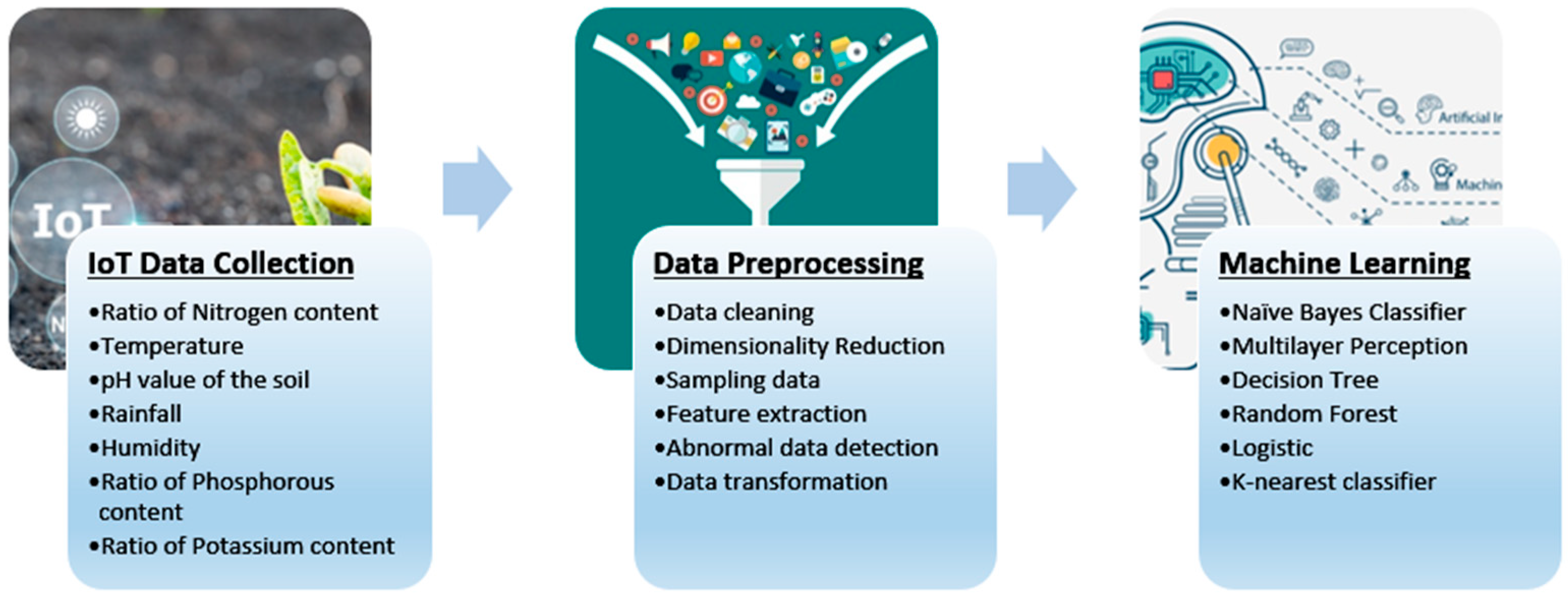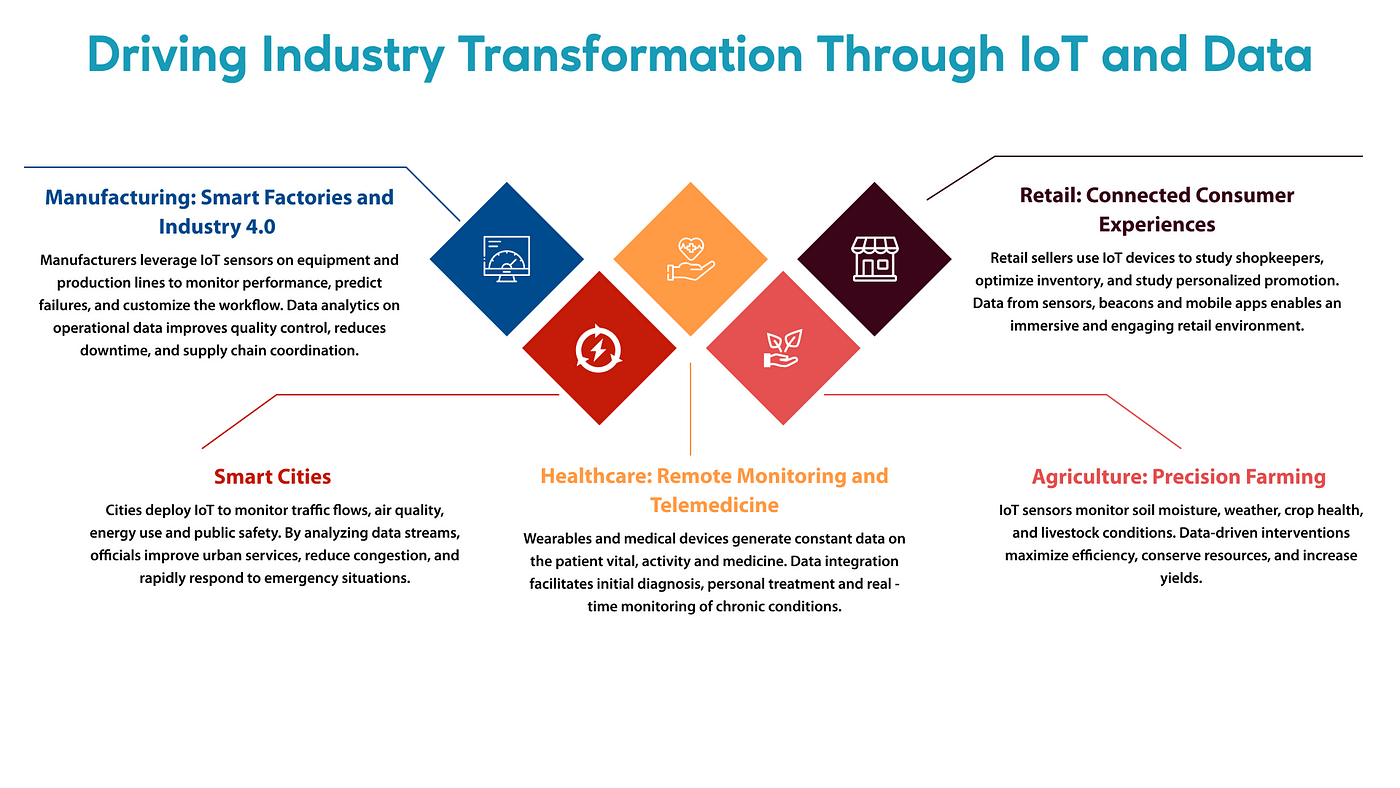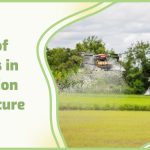Imagine walking through lush fields where every plant thrives under your careful watch. This isn’t just a dream; it’s possible with data analytics.
You, as a farmer or agricultural enthusiast, know that crop failures can be devastating. They affect not only your livelihood but also the food supply chain. But what if you had a tool that could help you foresee problems before they occur?
Data analytics offers you the power to transform how you manage your crops. By analyzing patterns and trends, you can make informed decisions and prevent potential failures. This isn’t just about numbers; it’s about giving you control over your agricultural destiny. Ready to discover how data analytics can be your ally in farming? Let’s delve into this powerful tool and see how it can safeguard your crops and enhance your yield.
Role Of Data Analytics In Agriculture
Data analytics plays a vital role in modern agriculture. Farmers can make informed decisions based on real-time data. This technology helps in predicting weather patterns and soil conditions.
Farmers gain insights into crop health and growth trends. They can optimize resources like water and fertilizer efficiently. Analytics helps in reducing waste and improving crop yield.
Understanding Weather Patterns
Weather impacts crops significantly. Data analytics predicts weather changes accurately. Farmers prepare better for unexpected weather conditions. This helps in minimizing crop damage and loss.
Monitoring Soil Health
Soil health is crucial for crop productivity. Analytics tools analyze soil nutrients and moisture levels. Farmers can adjust planting and fertilization schedules. This ensures crops receive the right nutrients at the right time.
Tracking Crop Growth
Data analytics monitors crop growth stages. Farmers receive timely alerts on potential issues. They can address pest infestations or diseases early. This proactive approach ensures healthier crops.
Efficient Resource Management
Resources like water and fertilizers are limited. Data analytics helps allocate these resources wisely. Farmers avoid overuse, ensuring sustainability. This leads to cost savings and environmental protection.
Enhancing Crop Yield
Higher crop yields are a primary goal. Analytics identifies areas for improvement. Farmers implement strategies that enhance production. Increased yield means better food security and income for farmers.

Identifying Crop Health Issues Early
Identifying crop health issues early is crucial in agriculture. Early detection can save farmers from huge losses. Data analytics plays a key role in spotting these issues. It uses various tools to monitor crops closely. This proactive approach helps in taking timely actions.
Using Satellite Images
Satellite images offer a bird’s-eye view of fields. They capture real-time data about the crop’s condition. Farmers can see changes in color and texture. These changes often indicate health problems. With this information, they can act swiftly to address issues.
Analyzing Soil Health
Soil health is vital for crops. Data analytics helps in testing soil regularly. It examines nutrients and moisture levels. Poor soil can lead to weak crops. By identifying deficiencies early, farmers can amend the soil.
Monitoring Weather Patterns
Weather greatly impacts crop health. Data analytics tracks weather patterns closely. It predicts potential threats like frost or drought. Farmers can prepare in advance. This minimizes damage and supports healthy crop growth.
Detecting Pest Infestations
Pests are a common threat to crops. Data analytics identifies pest movements. It uses sensors and cameras to monitor fields. Early detection helps in controlling infestations promptly. This saves the crops from severe damage.
Assessing Plant Growth
Healthy growth is a sign of good crop health. Data analytics measures plant growth rates. It evaluates height and leaf size. Sudden changes can indicate problems. This information helps farmers ensure optimal growth conditions.
Optimizing Resource Use
Optimizing resource use in agriculture can be the difference between a thriving harvest and a devastating crop failure. Data analytics plays a pivotal role in ensuring that every drop of water, every ounce of fertilizer, and every beam of sunlight is utilized efficiently. By analyzing data, farmers can make informed decisions, reducing waste and boosting productivity. This approach not only saves money but also conserves precious resources, making farming more sustainable.
Understanding Resource Allocation
Efficient resource allocation begins with understanding what your crops need and when they need it. Data analytics helps you track soil moisture levels, nutrient requirements, and weather forecasts. This information guides you in delivering precise amounts of water and nutrients, ensuring your plants thrive without excess.
Precision Irrigation Techniques
Water scarcity is a growing concern, and data analytics provides solutions through precision irrigation. By using sensors and predictive models, you can determine the exact water needs of your crops. This method prevents over-irrigation, saving water and preventing root diseases caused by excess moisture.
Targeted Fertilization Strategies
Applying fertilizers judiciously is crucial for healthy growth and environmental protection. Data analytics allows you to identify nutrient deficiencies early. Instead of blanket fertilization, you can apply specific nutrients in precise amounts, improving plant health and reducing runoff pollution.
Energy Efficiency In Farming
Energy consumption is a significant cost in agriculture. Through data analytics, you can optimize machinery usage and schedule operations during low energy demand periods. This reduces your energy bills and minimizes your farm’s carbon footprint.
Cost-benefit Analysis
Every farming decision comes with a cost, and data analytics helps you weigh these against potential benefits. By analyzing historical data and market trends, you can forecast the economic impact of resource allocation decisions. This ensures that you invest wisely, maximizing returns on every dollar spent.
Impact On Environmental Sustainability
Optimizing resource use is not just about economic benefits; it’s about protecting the environment. Data-driven farming practices reduce waste and minimize chemical runoff. As you adopt these strategies, you contribute to a healthier ecosystem while maintaining high crop yields.
Are you ready to embrace data analytics for efficient resource use on your farm? The insights it offers could redefine your agricultural practices and lead to a more sustainable future. What steps will you take today to harness the power of data in optimizing your resources?

Predicting Weather Impacts On Crops
Weather patterns greatly influence crop health and yield. Predicting these patterns can save farmers from crop failures. Data analytics offers a reliable way to foresee weather impacts on crops. It uses historical data and advanced algorithms. This approach helps farmers plan better and avoid losses.
Understanding Weather Patterns With Data Analytics
Data analytics collects and analyzes weather data. It looks at temperature, rainfall, and humidity. By studying these elements, farmers can anticipate changes. This knowledge allows them to act in advance. They can protect crops from adverse weather conditions.
Using Historical Weather Data
Historical weather data provides valuable insights. It shows trends and patterns over time. Analyzing this data helps in predicting future weather impacts. Farmers can prepare for similar conditions. This preparation minimizes the risk of crop failure.
Implementing Real-time Weather Monitoring
Real-time weather monitoring offers up-to-date information. Sensors in fields capture current weather data. Data analytics processes this data quickly. Farmers receive alerts about sudden changes. They can take immediate action to protect their crops.
Leveraging Predictive Models
Predictive models use algorithms to forecast weather impacts. These models consider various factors. They provide accurate predictions for specific locations. Farmers can rely on these models for planning. Better planning leads to better crop management.
Enhancing Decision-making
Data analytics improves decision-making in agriculture. It offers clear insights and predictions. Farmers make informed choices about planting and harvesting. This strategic approach reduces risks. It increases the likelihood of a successful harvest.

Conclusion
Data analytics helps farmers avoid crop failures. It predicts weather changes. It monitors soil conditions. It offers timely advice. Farmers make better decisions using data. Yields improve. Losses reduce. Technology provides valuable insights. Farmers plan smarter. They respond quicker. Data analytics supports sustainable farming practices.
It enhances productivity. It ensures food security. It is a powerful tool. It boosts agricultural resilience. Embracing data in farming is essential. Better data means healthier crops. Healthier crops mean a stronger future. A future where farms thrive. A future where food is abundant.



